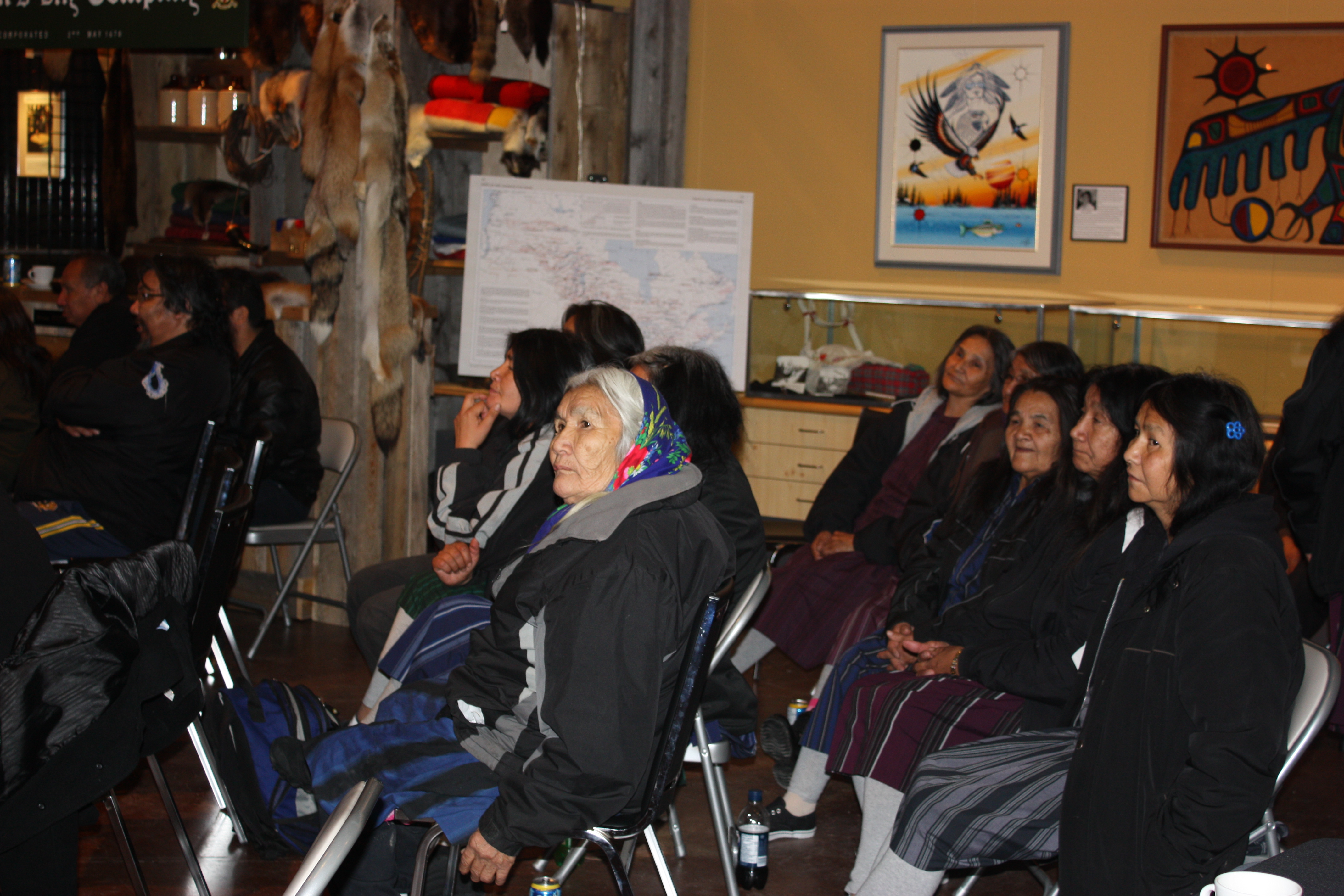

The Anishinaabe knowledge system carried and shared by the Elders has always led community life and land decisions. Through the First Nations Accord, land management and planning and the World Heritage nomination processes, the Pimachiowin Aki First Nations’ knowledge keepers began to work with scientists who were adding their system of knowledge to traditional area plans and the nomination. The only process for success was to set up a regular dialogue between both knowledge systems, and the engagement at the community level of Elders and other knowledge keepers, to ensure the community voice was heard and documented in the plans, the nomination dossier and in all communications, through community-based land working group meetings, meetings of the Pimachiowin Aki Corporation, and meetings of First Nations and government representatives on land management planning and plan implementation teams. The community knowledge keepers and scientists learned to understand each other. This was a long process and with mutual respect and patience, we were able to agree on the information provided in the documents. This process is still in place today, with the engagement of communities when Provincial Governments, Universities and organizations carry out research projects in Pimachiowin Aki.
- Recognition of the validity of Anishinaabe knowledge and belief systems, and of the rights of First Nations to speak for Ancestral Lands.
- Respectful dialogue and willingness of participants from both systems to understand each other.
- Funding for regular community meetings provided by the 2 provincial governments, with some funds contributed by the First Nation governments.
- Engaging the people who live in protected areas in meaningful dialogue and decision-making processes about the values, history and future of these areas, and educating people about co-generation of knowledge, as opposed to integrating cultural wisdom and traditions into existing policies, sustainability practices and management plans.
- Ensuring that Anishinaabe and scientific knowledge systems work hand in hand; it takes time and hard work to establish a good working relationship.
- Openness and learning from each other in a cross-cultural environment.
- Land management planning to define and recognize First Nation communities' visions, goals and priorities is a foundation of the World Heritage site nomination.
- Full involvement of Anishinaabe knowledge keepers is a requirement for all potential research in the Pimachiowin Aki World Heritage Site.